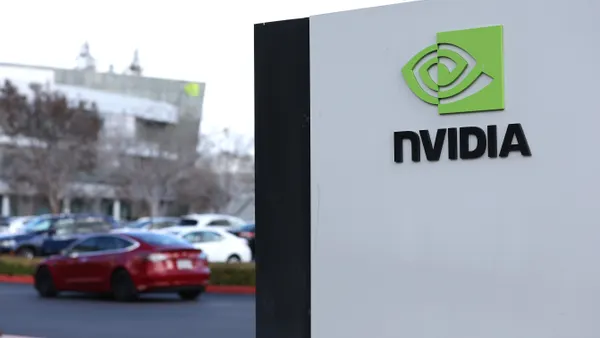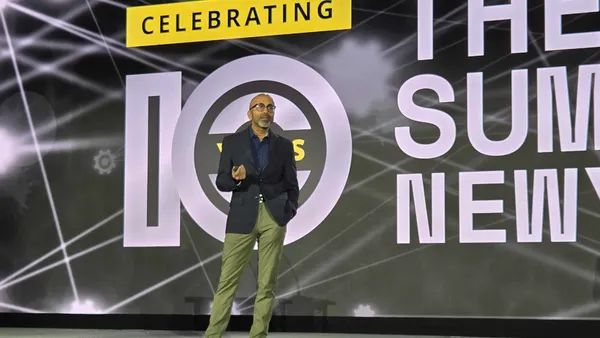Dive Brief:
- The RPA software market will reach $2.9 billion by the end of 2022, up 19.5% from 2021, according to Gartner research. The growth rate is down from 2021, when the market expanded by 30.9%.
- Despite the slower pace, the market will continue to grow, inching up by 17.5% in 2023, according to the forecast.
- North America accounts for nearly half of the global RPA market, followed by Western Europe, Japan and China. Together, the regions account for more than three quarters of the market.
Dive Insight:
Executives turning to automation want to solve a number of complex problems, including supply chain shortages and difficulties accessing talent. With inflation on the rise, businesses are also looking for ways to optimize costs while sustaining operations.
As IT leaders get to work on cost optimization and higher productivity, RPA offers the power of combining several technologies in an orchestrated manner, Saikat Ray, VP analyst at Gartner, said in an email. This will allow companies to rely on “end-to-end, intelligent, event-driven automation.”
More than six in 10 executives said automation was a key component of their digital transformation, according to a July report from Automation Anywhere. Invoice delivery and processing, data collections for end-of-quarter reports, sales order management and employee onboarding are popular use cases, according to Ray.
Despite the benefits, RPA adoption is not without its hurdles. There are high entry barriers such as cost of ownership, according to Ray. There is also a complex vendor market for CIOs to navigate. RPA projects have failed in the past due to high levels of complexity.
“RPA is not a silver bullet for every automation use case,” Ray said. “RPA is a tactical solution and mushrooming effects of bots for the sake of rapid deployment could be a challenge for CIOs as it cascades technical debts.”














